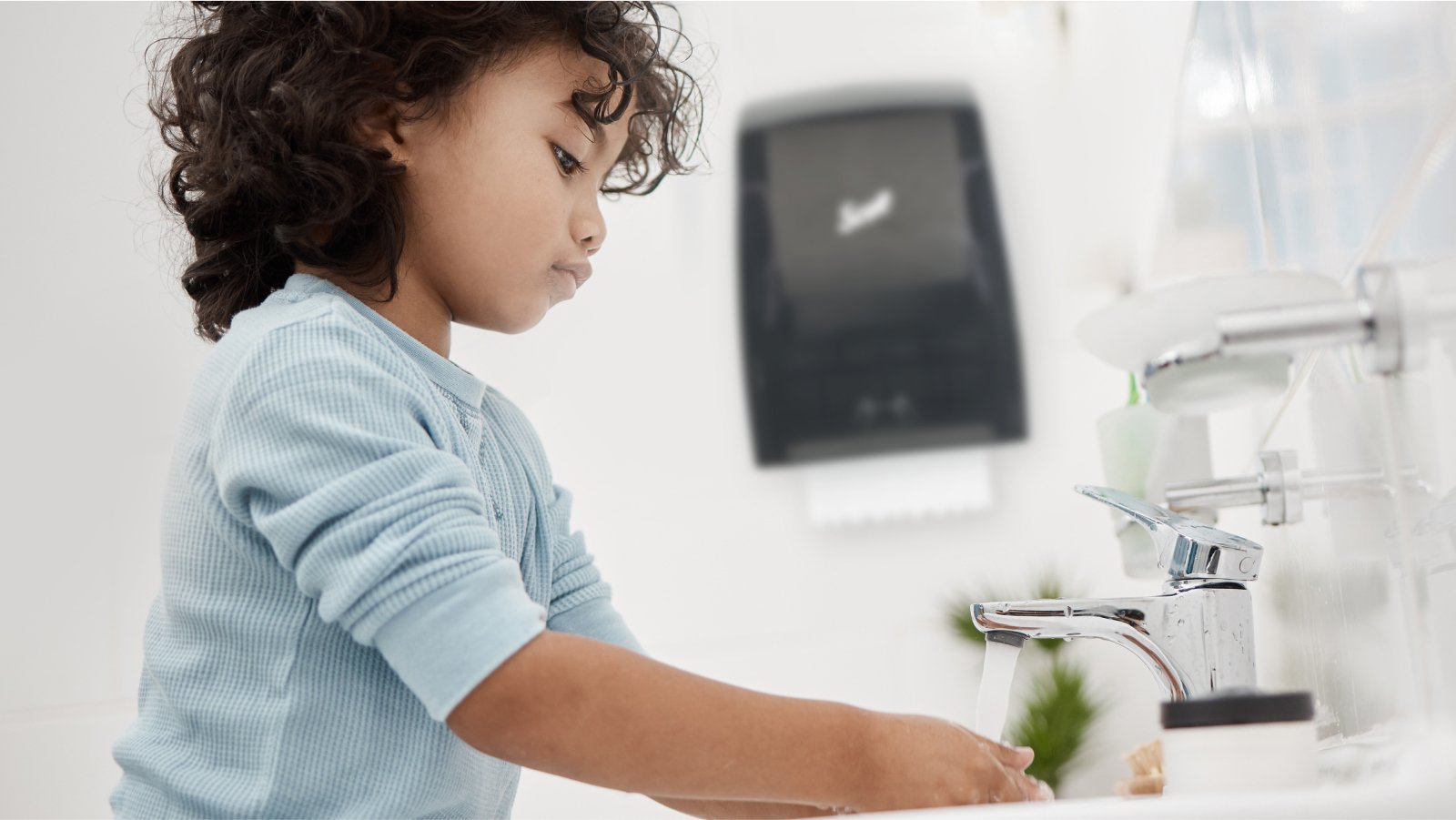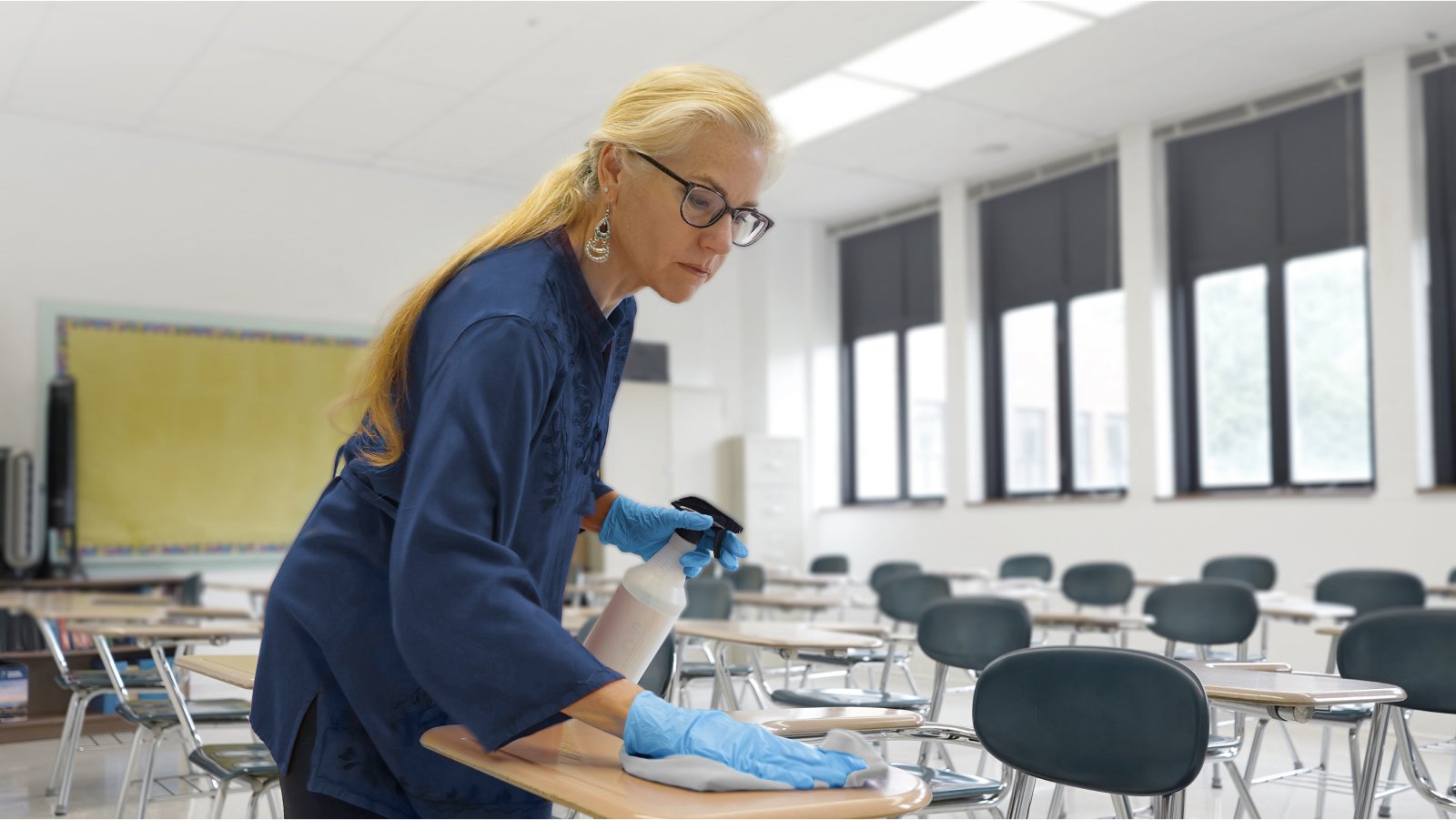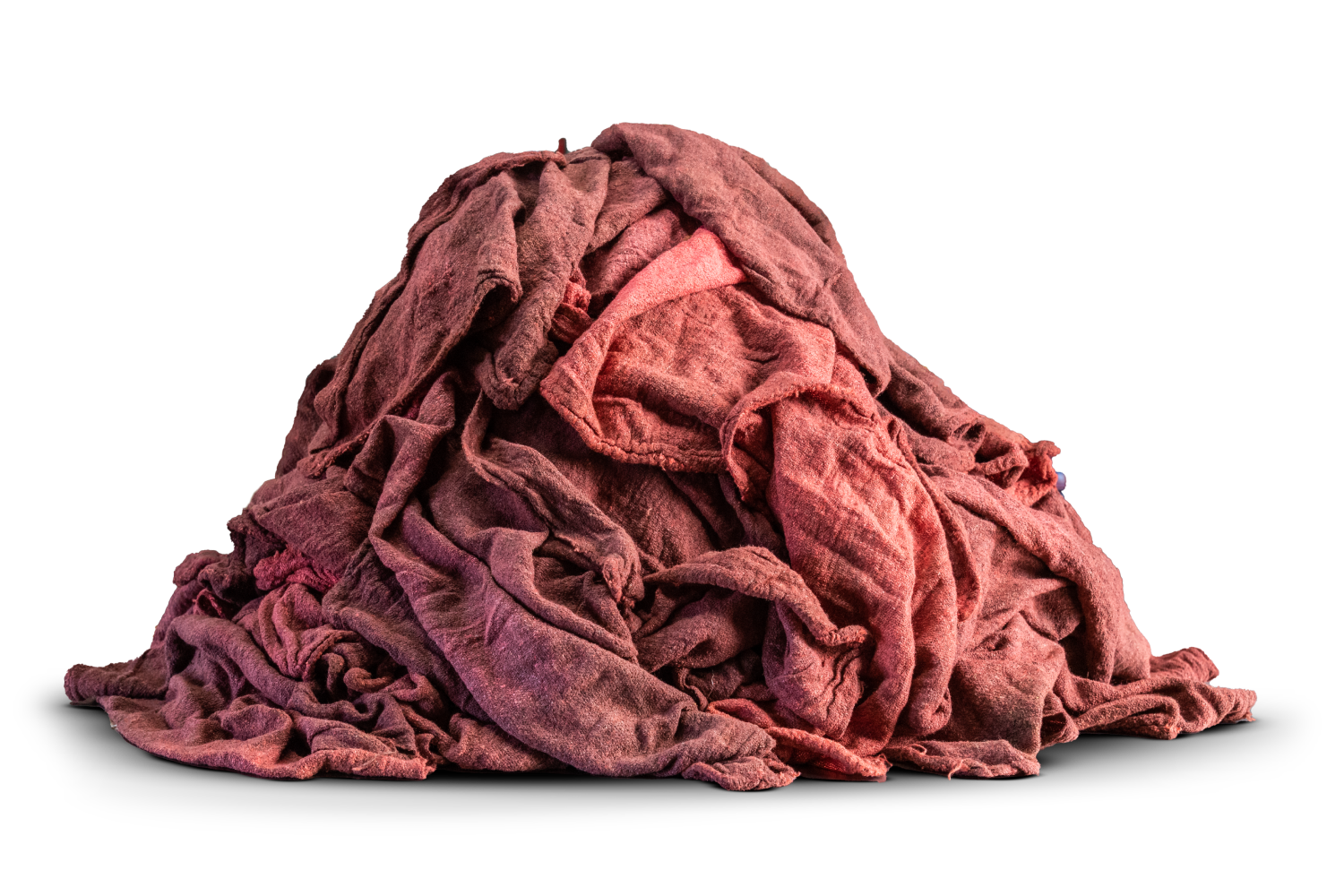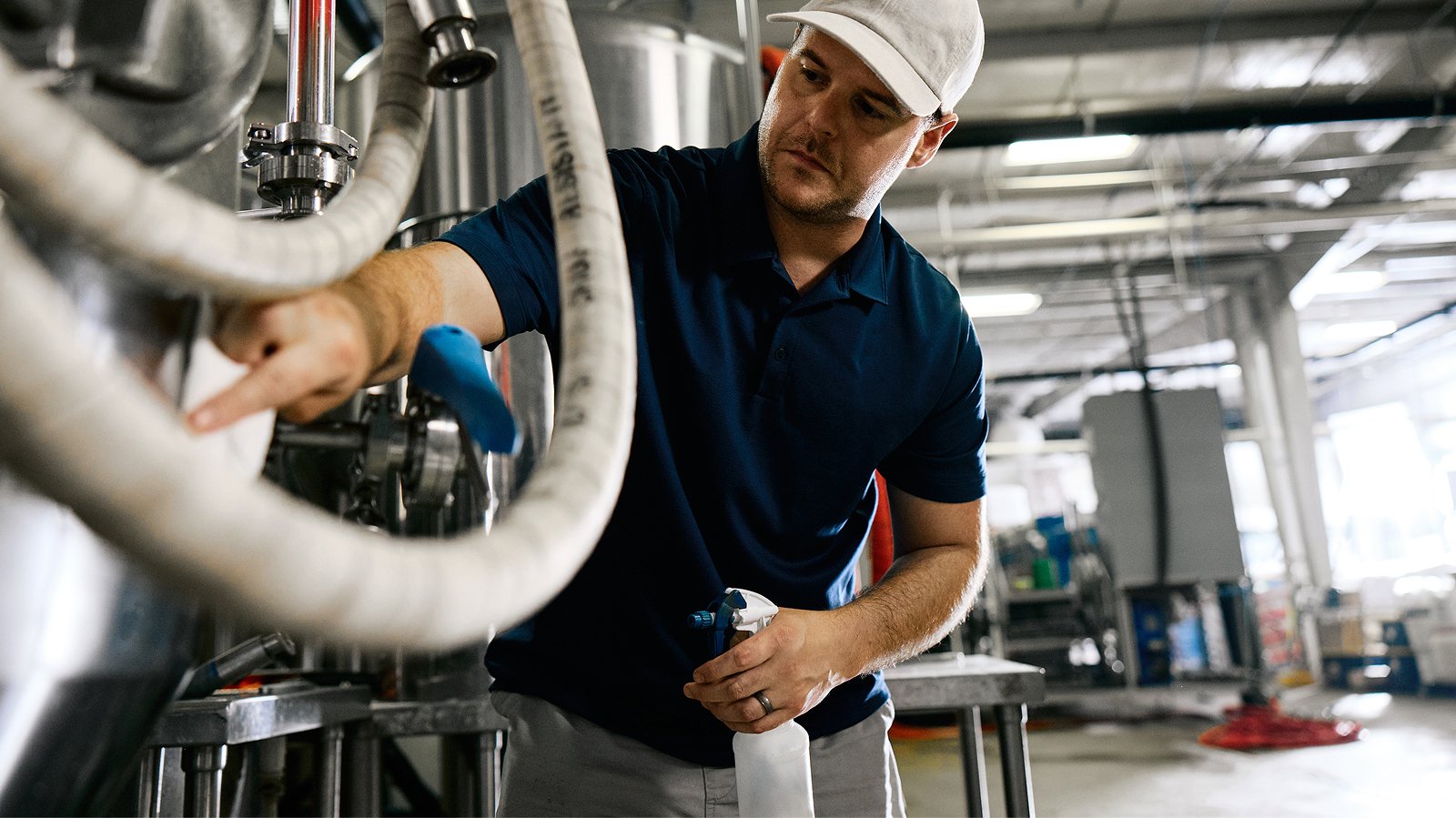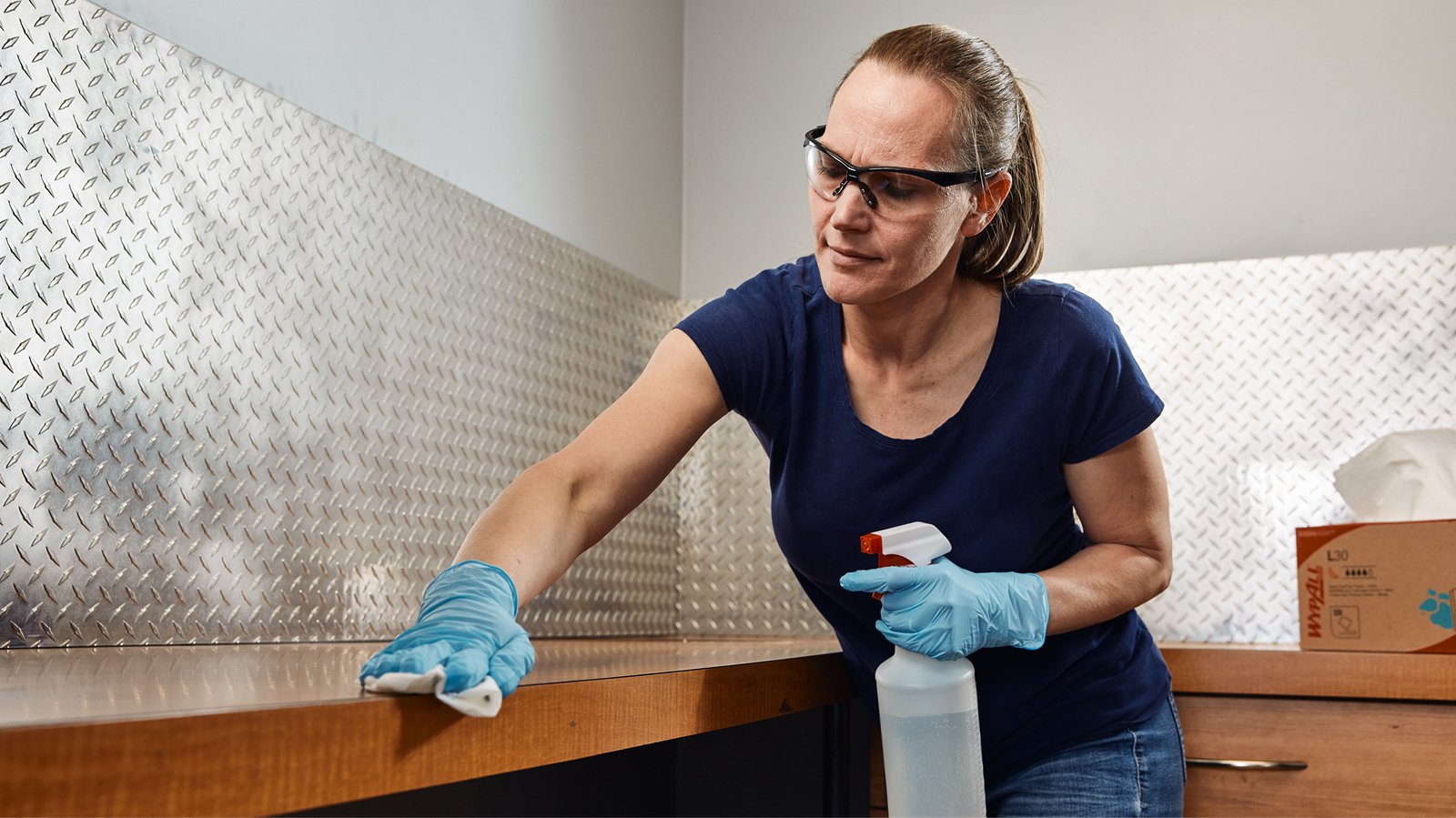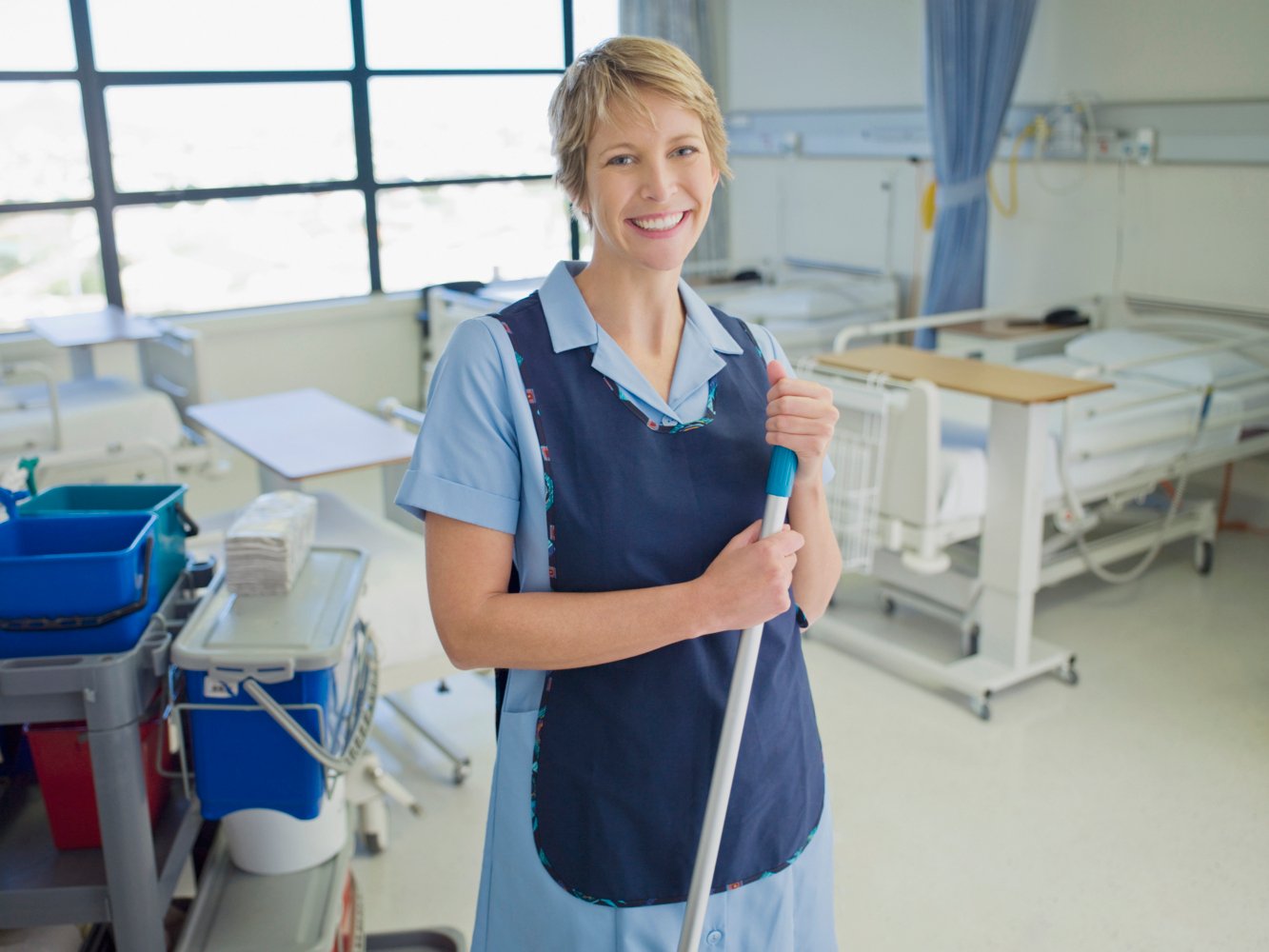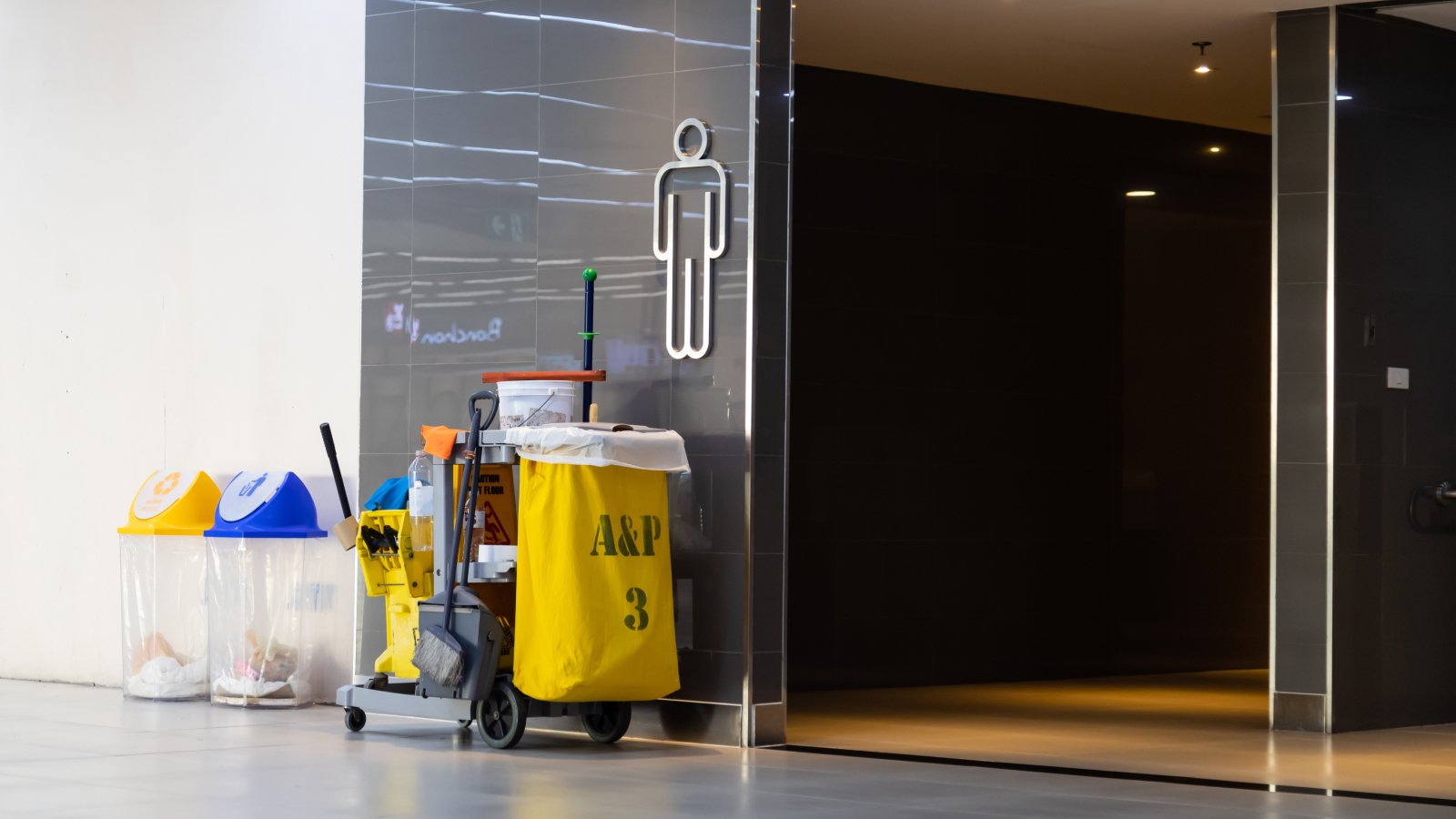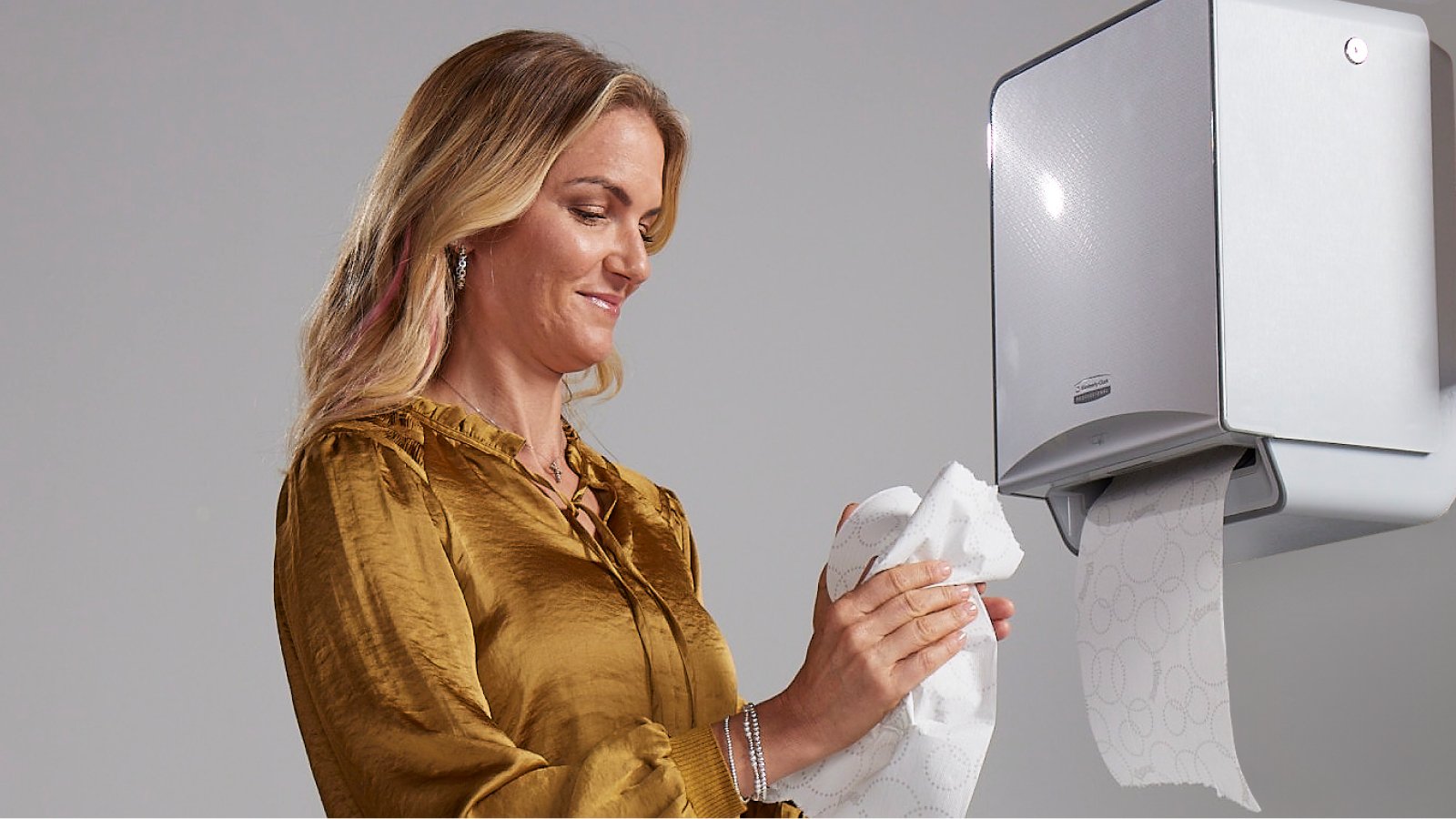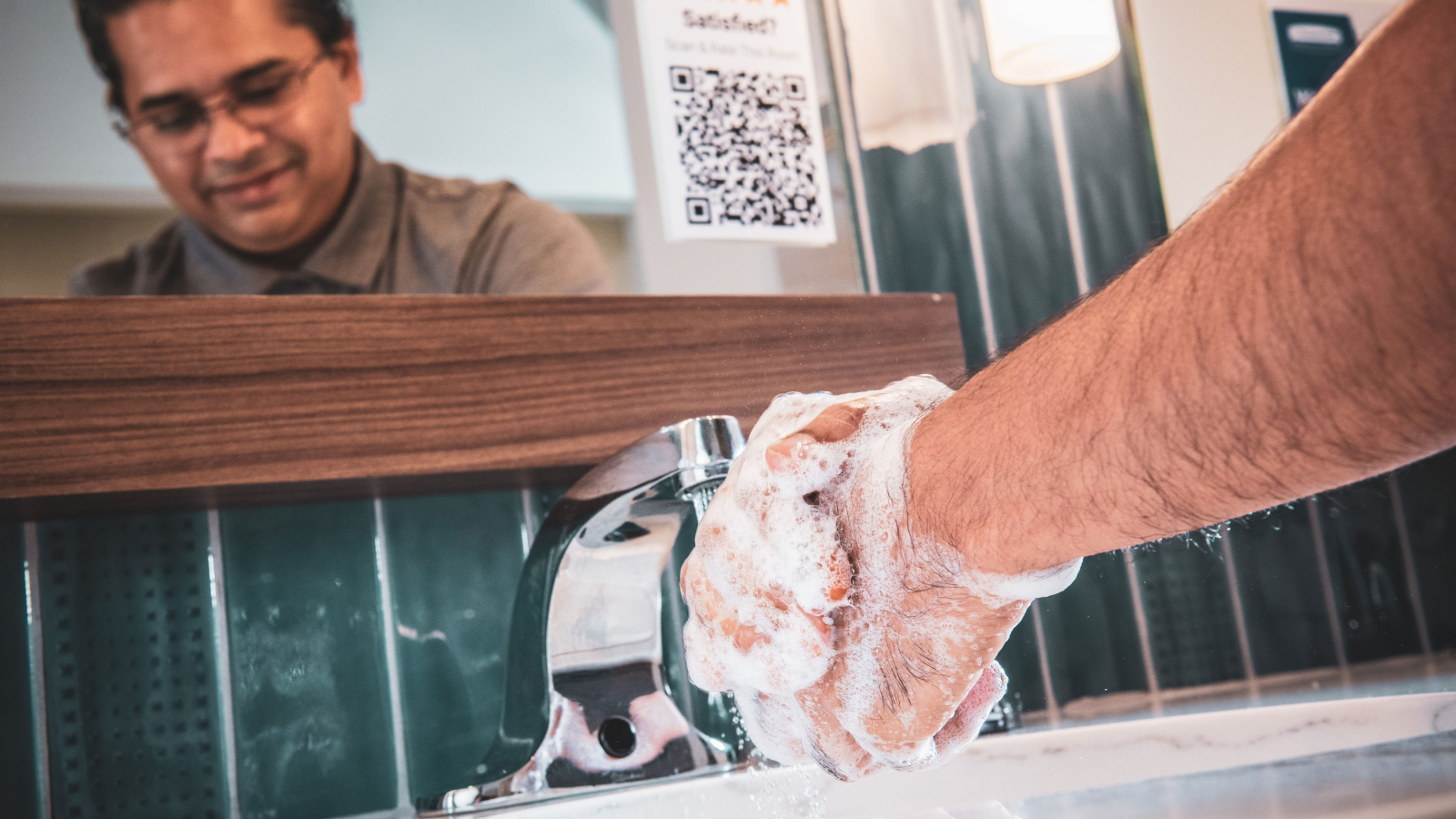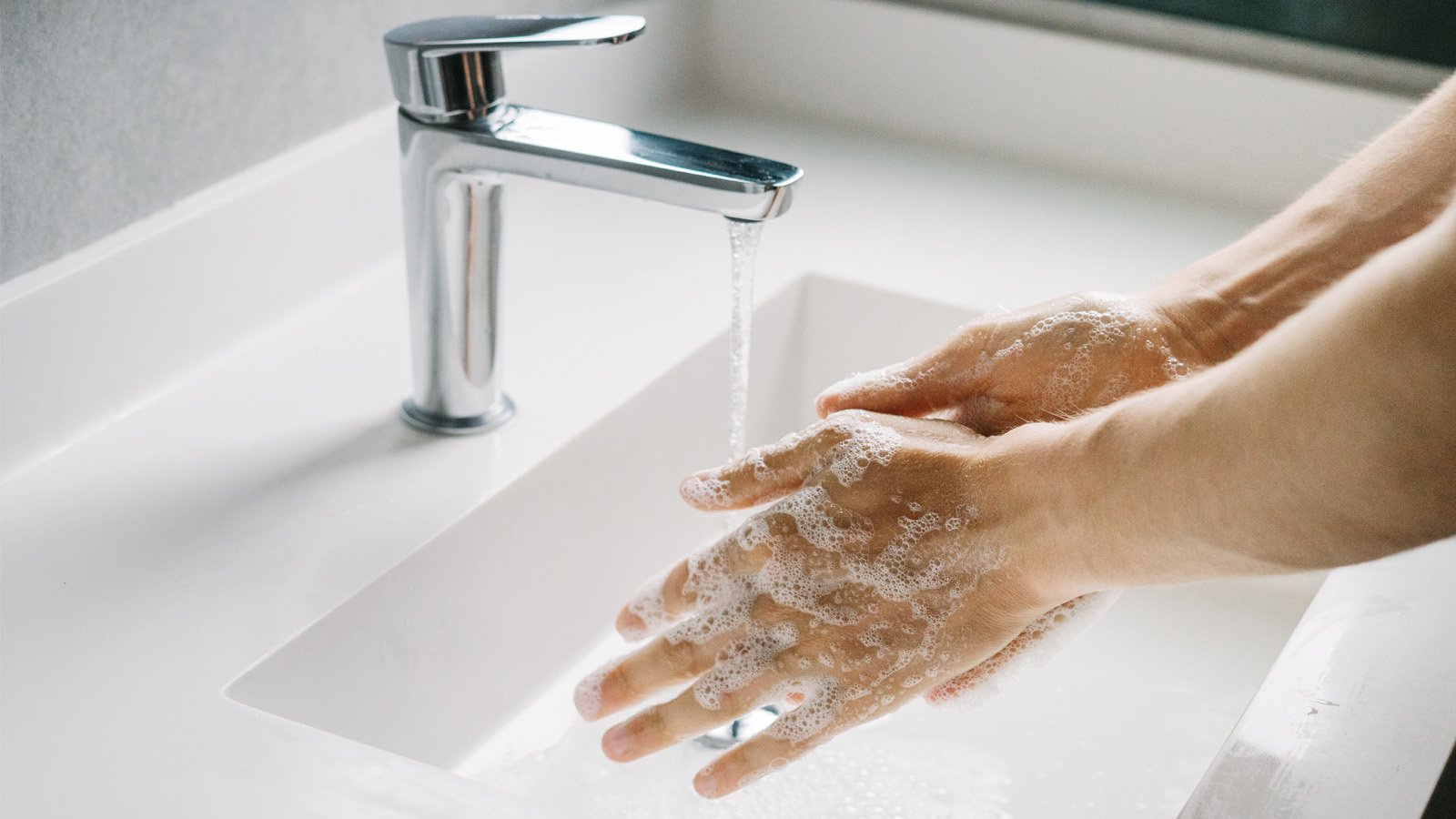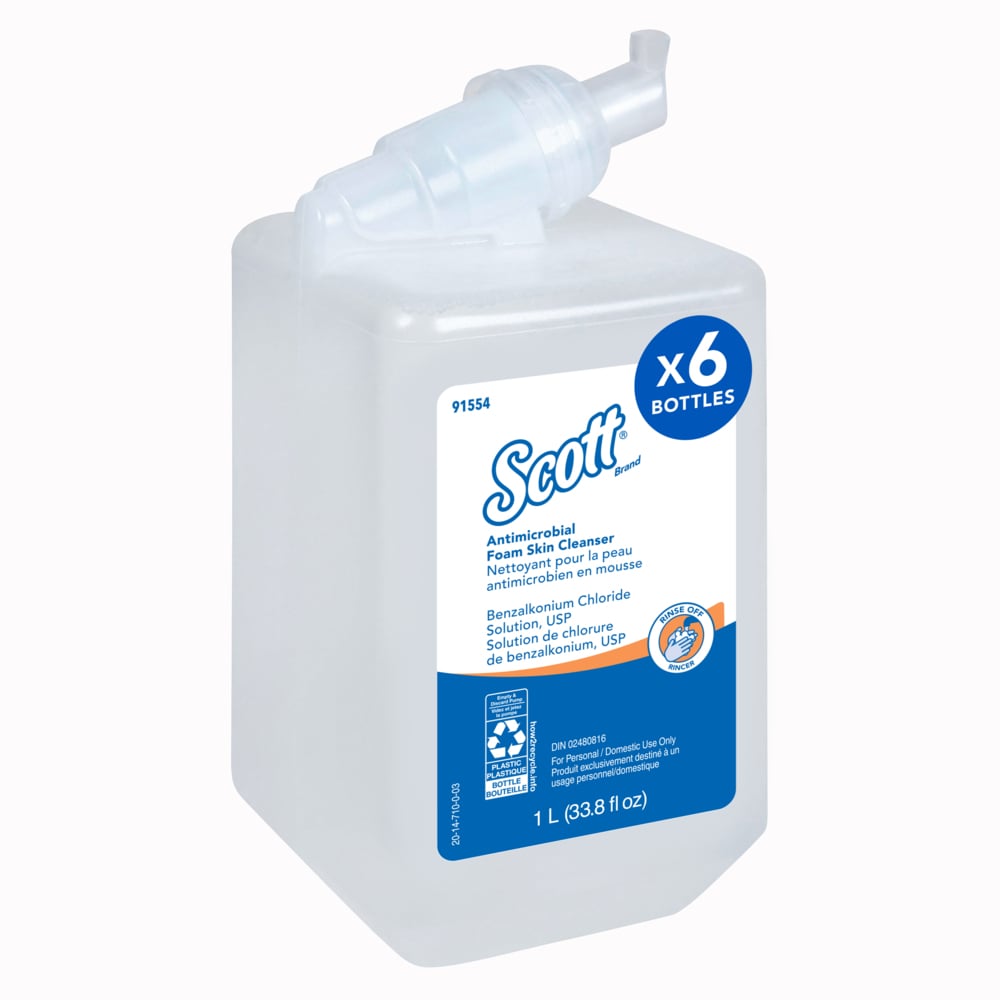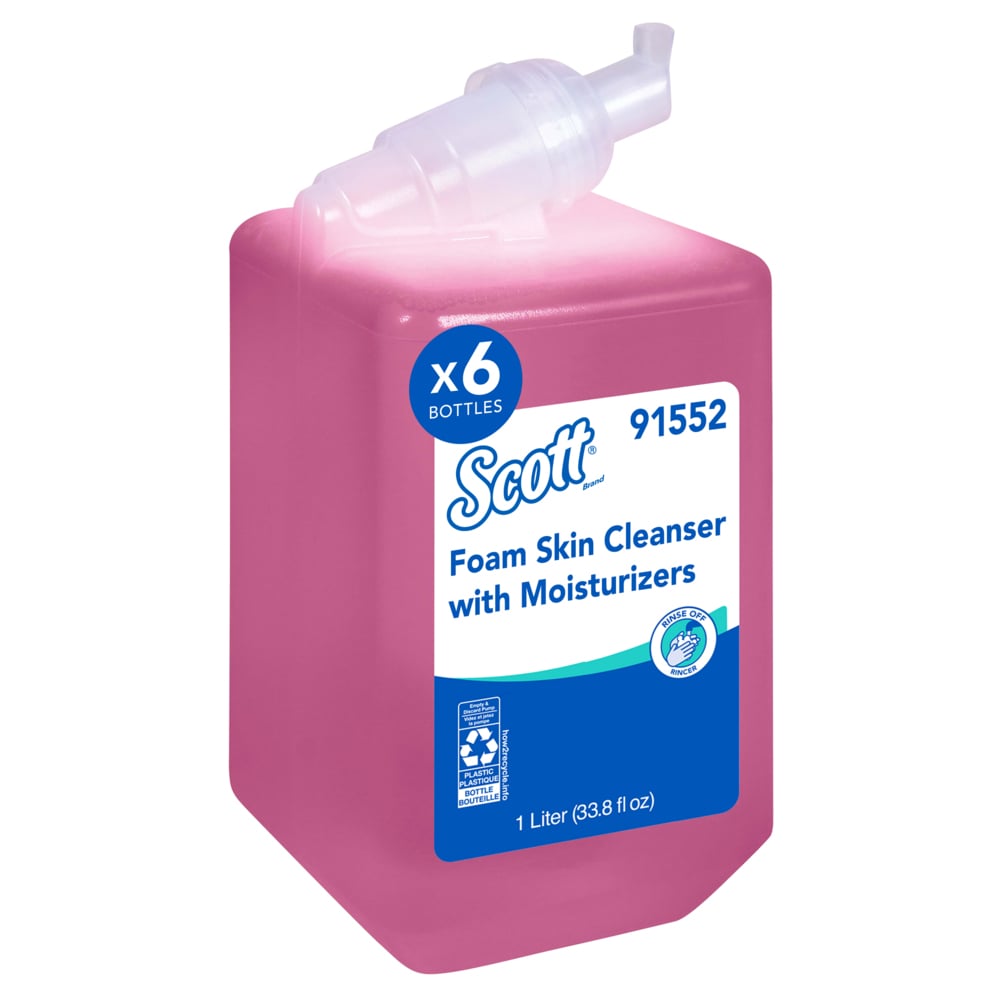Last Updated OCTOBER 2024
12-Step Handwashing Guide: Improve Workplace Hygiene
Discover why proper handwashing is essential for preventing illness and maintaining hygiene in high-traffic environments. This guide covers the science behind effective handwashing, key tips for improving hygiene and insights into how it can boost productivity and reduce absenteeism in workplaces.
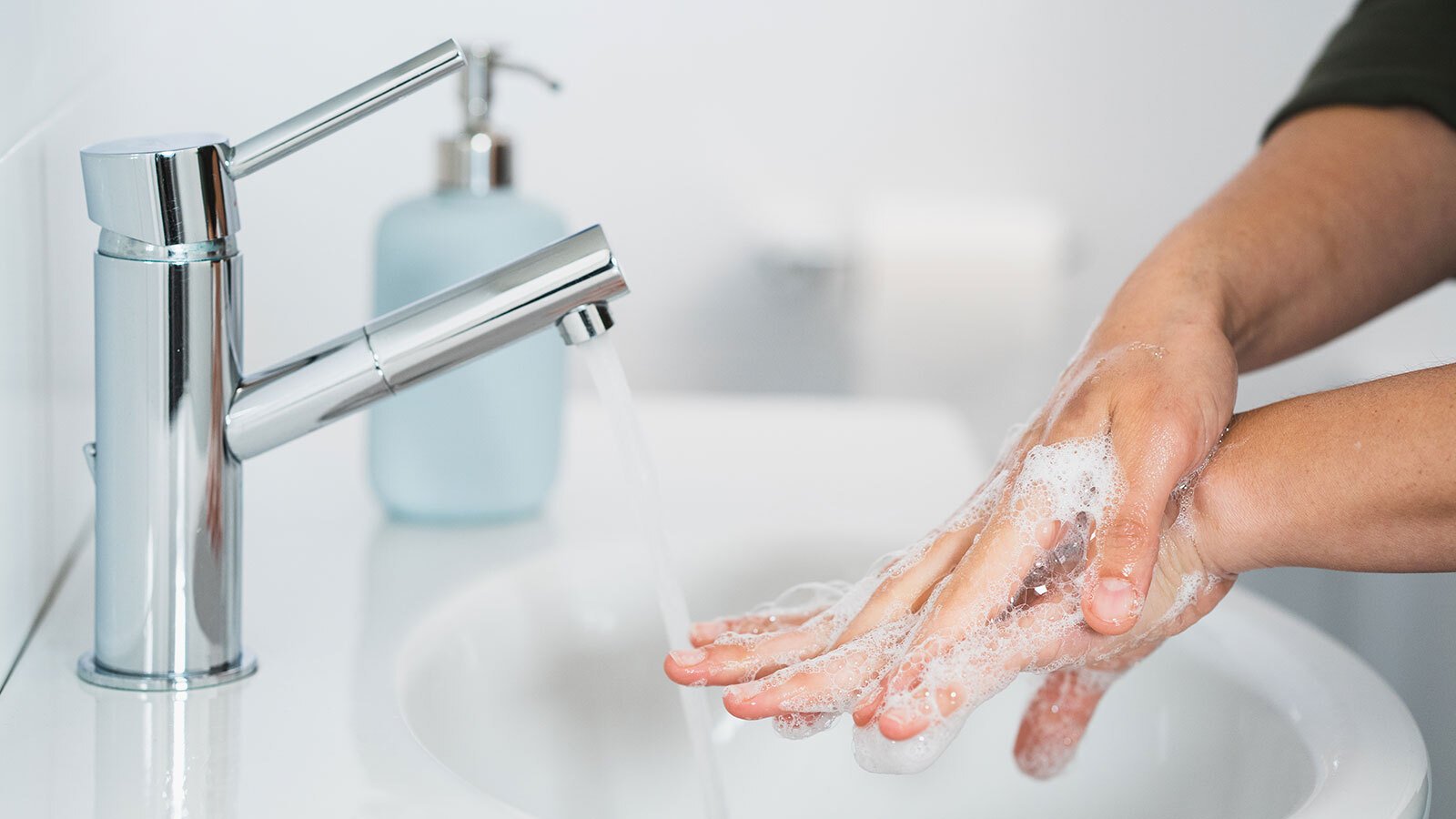
Why is handwashing so important?
Our hands are exposed to countless germs, bacteria and viruses throughout the day. They touch everything from doorknobs to keyboards, making them prime carriers of microorganisms. Effective handwashing not only helps keep us clean, but is crucial for preventing infections like the flu, foodborne illnesses and hospital-acquired infections (HAIs).
Studies show that improved hygiene practices, such as regular handwashing, can reduce the number of common colds by 21% and gastrointestinal illnesses by 31%.1
In fact, handwashing is often cited as the single most important action you can take to prevent the spread of infection.2
By implementing proper hygiene practices, workplaces can see up to a 40% reduction in absenteeism, translating into higher productivity and fewer sick days.3 Hand hygiene plays a vital role in infection control, especially in away-from-home environments like schools, offices and healthcare facilities.
Studies show that improved hygiene practices, such as regular handwashing, can reduce the number of common colds by 21% and gastrointestinal illnesses by 31%.1
How to properly wash your hands
These 12 steps will ensure thorough cleaning in just 60 seconds:
Wet hands with clean, running water.
Apply enough soap to cover all surfaces of your hands.
Rub your hands palm to palm.
Place your right palm over your left dorsum (back of hand), interlace fingers and rub. Repeat with the opposite hand.
Rub palms together with fingers interlaced.
Rub the backs of your fingers against the opposite palms with fingers interlocked.
Clasp your left thumb in your right palm and rotate it. Repeat with the other thumb.
Rotate the tips of your fingers in the opposite palm, back and forth.
Rinse your hands thoroughly with clean water.
Dry your hands completely using a single-use towel.
Use the towel to turn off the faucet.
Your hands are now clean.
Handwashing, when done correctly, helps reduce the spread of illness, which in turn can lower healthcare costs for businesses. According to the CDC, seasonal flu outbreaks alone cost the U.S. economy $10.4 billion in direct healthcare expenses each year.4
Handwashing FAQs: Your Questions Answered
Does it matter if I use antimicrobial soap?
Simply put, no. For the general public, no studies have demonstrated an added health benefit to using antimicrobial
soap over regular soap. The surfactants within soap, combined with water and friction, create a lather that loosens
germs, dirt and other soil from the skin.
The focus should be on proper handwashing technique and duration rather than relying on antimicrobial soap.
How does hand sanitizer facilitate good hand hygiene?
Hand sanitizer containing at least 60% alcohol is an excellent addition to any hand hygiene routine, especially when
soap and water aren’t immediately available.5 While it can reduce germs on your hands, it is not a substitute for
handwashing, particularly when hands are visibly dirty.
For healthcare workers, frequent use of hand sanitizer is often preferred to constant handwashing, but certain infections still require washing with soap and water.
When are the best times to wash your hands?
You should wash your hands:
- Before and after preparing and eating food.
- After using the restroom.
- After coughing, sneezing or blowing your nose.
- After touching shared surfaces.
- After handling garbage or touching animals.
Hand Hygiene in Facilities: Making Smart Decisions
For facility managers, prioritizing hand hygiene is crucial for maintaining a healthy environment. By keeping soap dispensers stocked, providing single-use towels and regularly cleaning high-touch areas, you can significantly reduce the spread of germs.
Businesses that adopt strong hygiene protocols often see a marked decrease in illness-related absenteeism, boosting both productivity and overall well-being.
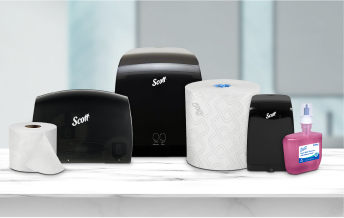
Discover Hygiene Solutions Tailored to Your Industry
Proper hand hygiene is just the start. Explore industry-specific hygiene solutions designed to elevate cleanliness and help support your goals across facilities.
2 Hand hygiene. (2024, January 1). PubMed. https://pubmed.ncbi.nlm.nih.gov/29262113/
3 Boosting hygiene in workplaces to cut post-Covid absenteeism. (2023, December 10) https://hygienesystems.co.nz/blog/the-bottom-line-boost-how-improved-hygiene-can-tackle-absenteeism
4 Thomas, J. (2018, November 19). The flu: Facts, statistics, and you. Healthline. https://www.healthline.com/health/influenza/facts-and-statistics#:~:text=Costs,sick%20days%20and%20lost%20productivity
5 CDC. (2022, June 15). Keeping Hands Clean. Center for Disease Control and Prevention. https://www.cdc.gov/hygiene/personal-hygiene/hands.html#:~:text=Use%20Hand%20Sanitizer%20When%20You,of%20germs%20in%20most%20situations










